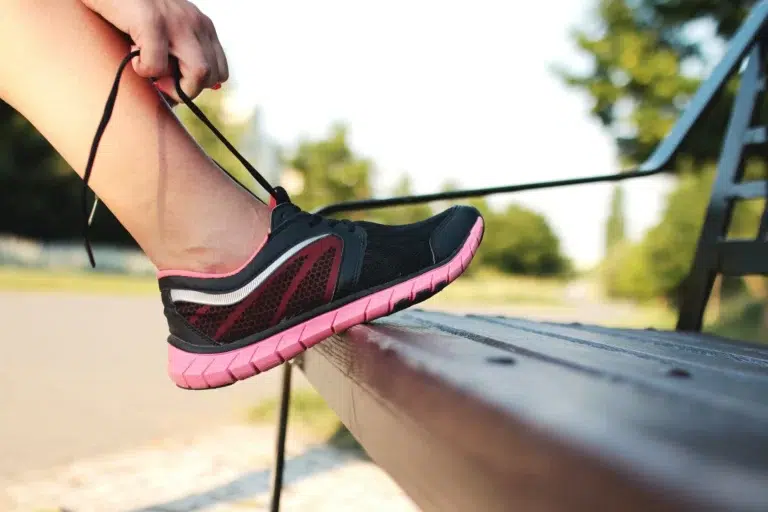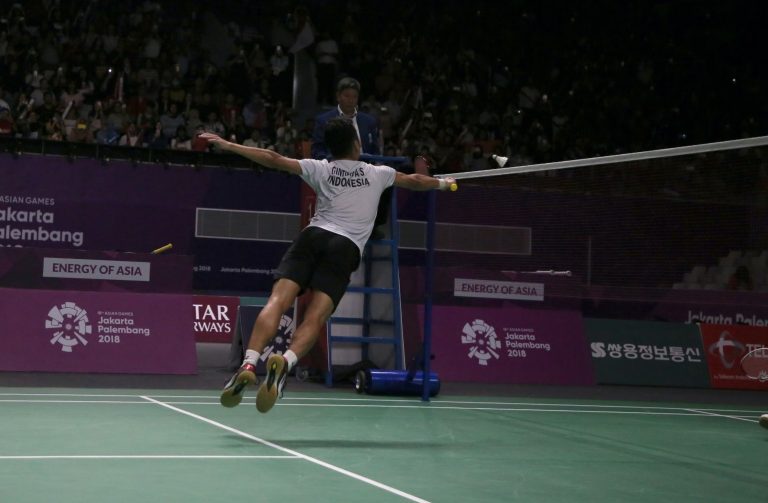Is Walking Bad For Plantar Fasciitis
Plantar fasciitis is a common foot injury that can cause pain in the heel and arch of the foot. It’s most often diagnosed in runners, but it can also affect other athletes who do a lot of walking or standing on hard surfaces. The condition isn’t life-threatening, but it can take weeks to months for plantar fasciitis symptoms to subside completely—and there are ways you can prevent this painful problem from coming back again!
Plantar fasciitis is a common foot injury often experienced by runners.
The plantar fascia is a thick band of tissue that runs from the heel to the ball of your foot. It helps to support your arch and it’s also involved in producing force during plantarflexion (the point where you are lifting your foot up off the ground).
For many people, walking can cause pain because it puts pressure on the bottom of their feet as they step forward with each stride. This pressure can lead to inflammation or irritation of this tissue, resulting in pain and tenderness in their heels and arches.
Can Walking Make Plantar Fasciitis Worse?
The answer is yes. In fact, it can make it worse in two ways.
1. your heel pain may get worse due to poor walking technique. If you have plantar fasciitis, you are probably a heel striker, which means you land on your heel with each step. This puts a lot of pressure on the plantar fascia, causing pain and inflammation.
2. walking can make plantar fasciitis worse because it increases the tension on the plantar fascia. The plantar fascia runs from your heel to your toes and supports your arch when you stand or walk. If you have plantar fasciitis, this tendon tendon is strained and becomes inflamed as a result of overuse and repetitive strain from walking or running long distances without proper support in your shoes or other factors such as muscle imbalances that affect gait patterns).
Why does walking help with plantar fasciitis?
Walking helps because it stretches the plantar fascia ligament and muscles in your foot.
The plantar fascia ligament connects your heel bone to your toes, like a rubber band. When this ligament is tight or overstretched, it can cause heel pain — especially when you’re standing up after being on your feet for a long time.
Walking helps stretch out the plantar fascia ligament and other muscles in your foot. This reduces pain and improves mobility.
Plantar fascia supporting your foot as a shock-absorbing bowstring.
When you walk, the plantar fascia acts like a shock-absorbing bowstring that supports the arch in your foot by stretching and then releasing.
Normally, the plantar fascia acts like a shock-absorbing bowstring, supporting the arch in your foot. But when you have plantar fasciitis — one of the most common causes of heel pain — this supportive structure becomes irritated after being subjected to repetitive stress. This can cause inflammation that leads to heel pain when you stand for long periods or run on hard surfaces before your body is ready for it.
Thick band of tissue can become irritated, inflamed and painful.
When the tissue becomes damaged, it can become irritated and inflamed. You experience pain when you stress the fascia with repetitive motion or walking. In other words, walking is bad for plantar fasciitis because it causes your plantar fascia to be stressed over and over again. And this stress can cause damage to the tissue that leads to inflammation and pain in your foot.
It’s important to note that there are many other factors that can contribute to plantar fasciitis besides just walking on hard surfaces or in high heels. While these are certainly two common causes of PF, there are other causes as well—like wearing inappropriate footwear (for example: shoes with no arch support), having flat feet or being overweight—that may also cause symptoms of PF even if they don’t involve excessive amounts of exercise or standing up all day at work!
How Walking With Plantar Fasciitis ?
It’s important to know how to walk with plantar fasciitis. After all, it’s a condition that affects the bottom of your foot and can make walking difficult.
Walking on plantar fasciitis requires several days of rest
- Avoid walking on the foot as much as possible. It’s important to rest your plantar fasciitis when you first experience pain or swelling in the arch of your foot. You should not walk barefoot, or wear shoes with a heel higher than two inches for at least one week after experiencing pain. If you must go out during this time, use a cane or crutches to help support your weight while keeping pressure off of your feet and knees.
- Use ice to reduce swelling and pain in the arch of your foot. Ice can be applied up to 20 minutes at a time three times per day after resting from exercise for several days (or longer). Use plastic wrap over an ice pack so that no skin is exposed directly to cold temperatures; this reduces risk of frostbite or other damage from prolonged exposure!

Gentle exercises once you are no longer feeling pain
Once you are no longer feeling pain, your doctor or physical therapist may recommend gentle stretching and strengthening exercises as well as new walking or running shoes.
- Stretching: To stretch the plantar fascia, sit on the floor with one leg crossed over the other. Bend your knee slightly and lean forward from the waist until you feel a stretch in the arch of your foot. Hold for 15 to 30 seconds, then repeat with your other leg. For a deeper stretch, place a towel underneath your foot and lift up off of it while keeping both feet flat on the floor; this will increase pressure on the plantar fascia, making it easier to feel when stretching has been accomplished. Repeat five times daily until symptoms subside (usually within six weeks).
- Strengthening: To strengthen muscles around ankles, shins and hips—which help stabilize joints during exercise—do exercises like walking lunges (in which you take large steps forward with each stride) or stair climbing (with toes pointing straight ahead). You can also try balancing activities such as tai chi, yoga or Pilates; these practices involve maintaining correct posture through movement rather than relying solely upon gravity alone for support
Consistent stretching isn’t enough to prevent this condition from reoccurring.
Sometimes, consistent stretching isn’t enough to prevent this condition from reoccurring. In that case, you may need to try an alternative method of treatment. For example, a physical therapist might recommend using compression wraps or orthotics in your shoes. Orthotics fit into your footwear and help distribute pressure evenly throughout the foot. Compression wraps offer similar benefits by wrapping around the ankle and calf muscles to keep them from swelling up during exercise—which can lead to pain on the bottoms of your feet when walking or running.
Ways to avoid long walks until it fully heals

When you experience frequent episodes of plantar fasciitis, it’s best to avoid long walks until your foot is fully healed.
- Avoid walking on hard surfaces and new shoes. These factors can increase the risk of plantar fasciitis by increasing the force placed on your heel while walking.
- Avoid walking with a heel-striking gait. If you walk with a high heel or are wearing dress shoes that have heels higher than 3 inches (7 cm), avoid long walks until your foot is fully healed and try to wear flats instead.
What Is The Best Exercise For Plantar Fasciitis?
Plantar fasciitis is one of the most common causes of heel pain. It is caused by repetitive strain on the plantar fascia, a thick band of tissue that runs along the bottom of your foot and connects your toes to your heel bone. Plantar fasciitis can make every step painful and difficult to take, but it’s not always easy to get rid of. The good news is that there are steps you can take at home (or work) that can help relieve some of the pain and discomfort caused by this condition.
Stretch the toes.
To stretch the toes, sit on the floor and point your feet straight back. Make sure you keep your knees bent. Grab one of your big toes with both hands, then pull it towards you until you feel a stretch in your foot. Hold this for 30 seconds then switch to the other toe and repeat for a total of 4 times per day.
Next, stretch out your plantar fascia by lying on your back with one knee bent and another straight (this is known as “the hurdler’s stretch”). Take this foot and place it against a wall while keeping it flat on the floor; slowly lean into the wall until you can feel a stretch along that arch area of your foot (you may need to move around a bit until you find that sweet spot). Hold this position for 30 seconds or so before switching sides and repeating 2-3 times per day.
Finally, if those two stretches aren’t helping with pain relief enough or if they’re too difficult because of some reason (like poor flexibility), try doing calf raises instead! To do these correctly: stand upright with feet shoulder-width apart; raise yourself onto tip-toes by pushing off from heel to toe (don’t rise up onto toes); lower yourself back down slowly after holding for about 10 seconds at top point in order to avoid strain on tendons/joints!
Stretch the plantar fascia.
To stretch the plantar fascia, gently pull your toes toward you for 10 seconds and then relax for 10 seconds. Repeat a few times. Then stretch using your hand to push down on the ball of your foot while holding onto the back of your ankle. Do this for about 30 seconds.
If it hurts when you try to stretch, stop — don’t force anything!
Strengthen the foot muscles.
In order to strengthen these muscles, you’ll need to do some exercises. The best exercise for plantar fasciitis is called an “inversion” or “eversion” stretch. This can be done using either a wall or the side of a doorframe (see illustrations).
In a standing position, place your heel against the wall or doorframe and lean forward with your arms outstretched in front of you. Hold this stretch for 15 seconds before relaxing and repeating with the other foot. You should only hold each foot in its respective position for about 15 seconds before switching it back and forth for about 5 minutes total per session.
Strengthen the calf muscles.
Just as important as stretching is strengthening the calves. The calf muscles have to work extra hard when you’re walking or running on a surface that causes your heel to ache, so you need to give them some help by adding resistance training. One option is to use a pressurized band on the bottom of your feet.
Another way to strengthen your calves is with standing calf raises—you know, those exercises where you raise one leg behind you and balance on the other? You can do those anywhere, anytime—just make sure that when you lift your heels up off the floor, they’re parallel with each other so that all of the tension goes into strengthening the muscle rather than over-stretching it. Just stay upright; don’t lean forward or backward during this exercise!
Stretch the Achilles tendon.
You can stretch the Achilles tendon by sitting down and taking your feet off of the floor. Then, lean forward to straighten out your legs and reach them toward the ground. As you do this, grab onto something in front of you (or just hold onto your knees) so that you don’t fall over! Hold this position for 30 seconds or until it becomes uncomfortable to hold anymore.
Can Plantar Fasciitis Heal In A Week?
Some people experience relief within a few weeks of starting treatment. However, it’s possible that you’ll need to wait months before you feel better. If you have chronic pain from plantar fasciitis or if your symptoms don’t improve with treatment over several months or years, you may need surgery to release tight bands of tissue (plantar fascia).
The good news is that plantar fasciitis usually goes away on its own within six months to a year if you don’t do anything to aggravate it. However, there are things you can do to speed up recovery time:
Rest your feet and avoid high-impact exercise for several weeks or months until symptoms go away completely.
Wear shoes with shock-absorbing soles that provide stability — not too flat or too high — when exercising or walking long distances.
Stretch your calves by doing calf raises with your toes pointed down for about 30 seconds every hour while seated at work; this will help keep your Achilles tendons loose and prevent them from becoming tight over time.
Conclusion
So, if you’re suffering from plantar fasciitis, take it easy on your feet. You don’t have to give up all of your favorite activities, but limit them until the inflammation has gone away completely. It’s also important to keep in mind that every person’s foot is different! Some people may not be able to walk around as much without feeling pain while others may need more time off than others before resuming normal activity levels again.







